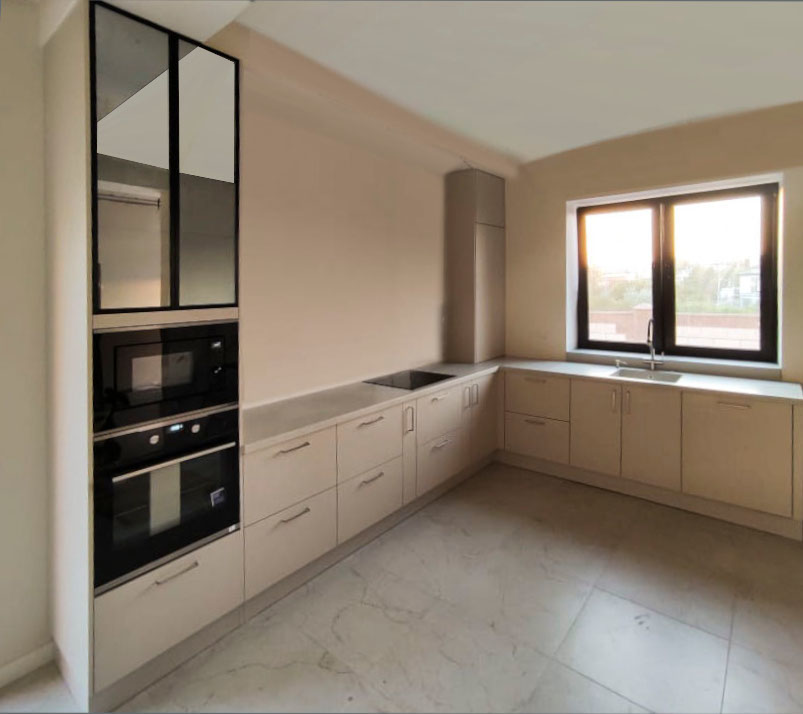
The Evolution of Culinary Spaces: Redefining Excellence
Introduction to Modern Culinary Spaces
In recent years, culinary spaces have undergone a transformation that has reshaped our dining experiences and expectations. Kitchens are no longer just places where food is prepared; they have become the heart of the home and a hub of creativity, gathering, and innovation. In this article, we'll explore how these spaces have evolved and the impact this has on both amateur cooks and professional chefs alike.
The Rise of Open-Concept Kitchen Designs
The open-concept kitchen design has revolutionized the way we think about culinary spaces. Breaking through the barriers of traditional, enclosed cooking areas, open kitchens foster a more interactive and communal environment. These designs not only allow for better flow and communication between the kitchen and dining areas but also feature state-of-the-art appliances and spacious work surfaces that encourage collaborative cooking experiences.
Technology Integration in Modern Kitchens
Technological advancements have greatly contributed to the redefinition of culinary spaces. Smart appliances with intuitive interfaces and programmable features simplify the cooking process and improve precision. From ovens that can be controlled remotely via smartphone to refrigerators that monitor food freshness, technology in the kitchen is enhancing both efficiency and enjoyment in culinary pursuits.
Fostering Sustainability and Health
Sustainability has become a cornerstone of contemporary culinary spaces. Designers and homeowners alike are prioritizing eco-friendly materials, energy-efficient appliances, and waste-reduction practices. Furthermore, the integration of indoor gardens and hydroponic systems in kitchens not only brings a touch of nature indoors but also advocates for healthier, farm-to-table meals made with homegrown herbs and vegetables.
Professional-grade Features for Home Chefs
With the rise of foodie culture and gourmet home cooking, there's been an increasing demand for professional-grade features in residential kitchens. High-performance ranges, sous vide machines, and powerful ventilation systems are no longer exclusive to restaurant kitchens. These features enable home chefs to explore new cooking techniques and create dishes that rival those of the finest restaurants.
Design Aesthetics Meets Functionality
Culinary spaces now embody a blend of design aesthetics and functionality. Attention to detail in materials, finishes, and fixtures reflects personal style while maintaining practicality. Custom cabinets, innovative storage solutions, and versatile kitchen islands highlight the importance of a kitchen that is both beautiful and serviceable.
The Social Kitchen: A Venue for Connection
In the redefined culinary space, attention has been given to creating areas that facilitate social interaction. Dining islands, breakfast nooks, and comfortable seating areas invite friends and family to gather and engage with the cooking process, making the kitchen a venue for connection and shared experiences.
Conclusion: The Culinary Space of Tomorrow
As we continue to redefine culinary spaces, the essence of what makes these areas exceptional will only further evolve. The trend towards embracing technology, sustainability, personalization, and social connectivity within our kitchens represents more than just a shift in design; it is a reflection of the changing role food and cooking play in our lives. The culinary spaces of tomorrow promise to enhance our experiences and contribute to a higher standard of living, filled with gastronomic delights.